WILDLIFE CONSERVATION
Government opens public comments on policy to end captive lion breeding
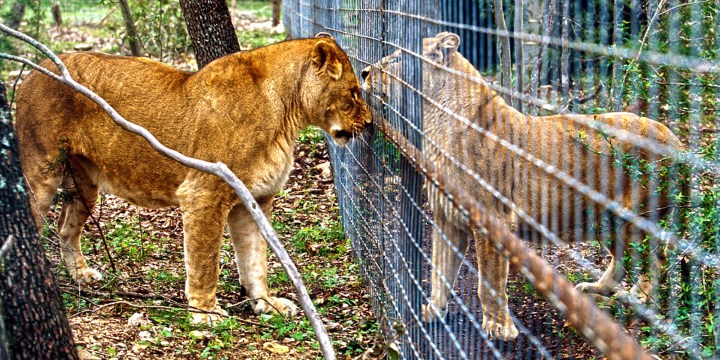
A draft government policy proposes to end the keeping of lions for commercial purposes, as well as phasing out intensive commercial breeding of rhinos and regulating leopard hunting.
The Department of Forestries, Fisheries and the Environment has given the public 30 days from 19 September to comment on a draft policy to end captive lion breeding, close down facilities and sterilise existing populations. It seeks to prevent the hunting of “canned” lions and the disposal of their parts and derivatives such as skins, claws, paws and teeth.
The policy also seeks to end the intensive commercial breeding of rhinos. The policy paper adds that the government will not promote the sale of rhino horn or ivory through the international wildlife trade organisation Cites until certain conditions are “fully addressed”.
These include security, community empowerment, biological management, responsive legislative provisions, effective implementation and demand reduction.
Leopards, however, get little protection, with a focus on sustainable use to include hunting quotas “to enhance, broaden and transform the hunting industry”.
These moves, says the policy paper, are in line with wildlife policy developments over the past few years and to limit the damage being done to South Africa’s reputation from “canned” hunting. The public is invited to submit written comments by 19 October and — given the heat that has been generated around these issues — there will be many. These will be outlined in a future article.
Read more in Daily Maverick: Captive lion industry breeds crime syndicates, says new investigative report
The policy paper was initially published for comments in June 2021 and received 18,300 comments and 75,857 signatures in a petition calling for a revision of the draft policy.
Amid a court case opposing the implementation of regulations governing Threatened or Protected Species and new norms and standards for hunting elephants and leopards, the department withdrew its defence and suspended the finalisation of the policy until the White Paper on Conservation and Sustainable Use of South Africa’s Biodiversity was in place.
Read more in Daily Maverick: Creecy’s expected wildlife policy position paper sparks hope for the future of South Africa’s wild animal management
This was approved by the Cabinet in March this year and provided the foundations for the sustainable use of wildlife as well as proposals to prevent “inappropriate and illegal practices, activities, or actions that compromise animal wellbeing and ecosystem and genetic integrity”.
A history
These moves began in 2018 with a parliamentary colloquium on captive lion breeding which concluded that the hunting of captive lions and the trade in lion bones must end. It was formally adopted by parliament.
A high-level panel followed in 2019 to review policies regarding lions, elephants, rhinos and leopards. It set goals to end lion captive breeding, the intensive farming of rhinos and the sustainable use of leopards. It also recommended a global consensus on elephant conservation. The panel laid the foundations for the white paper and the present policy paper.
Lions
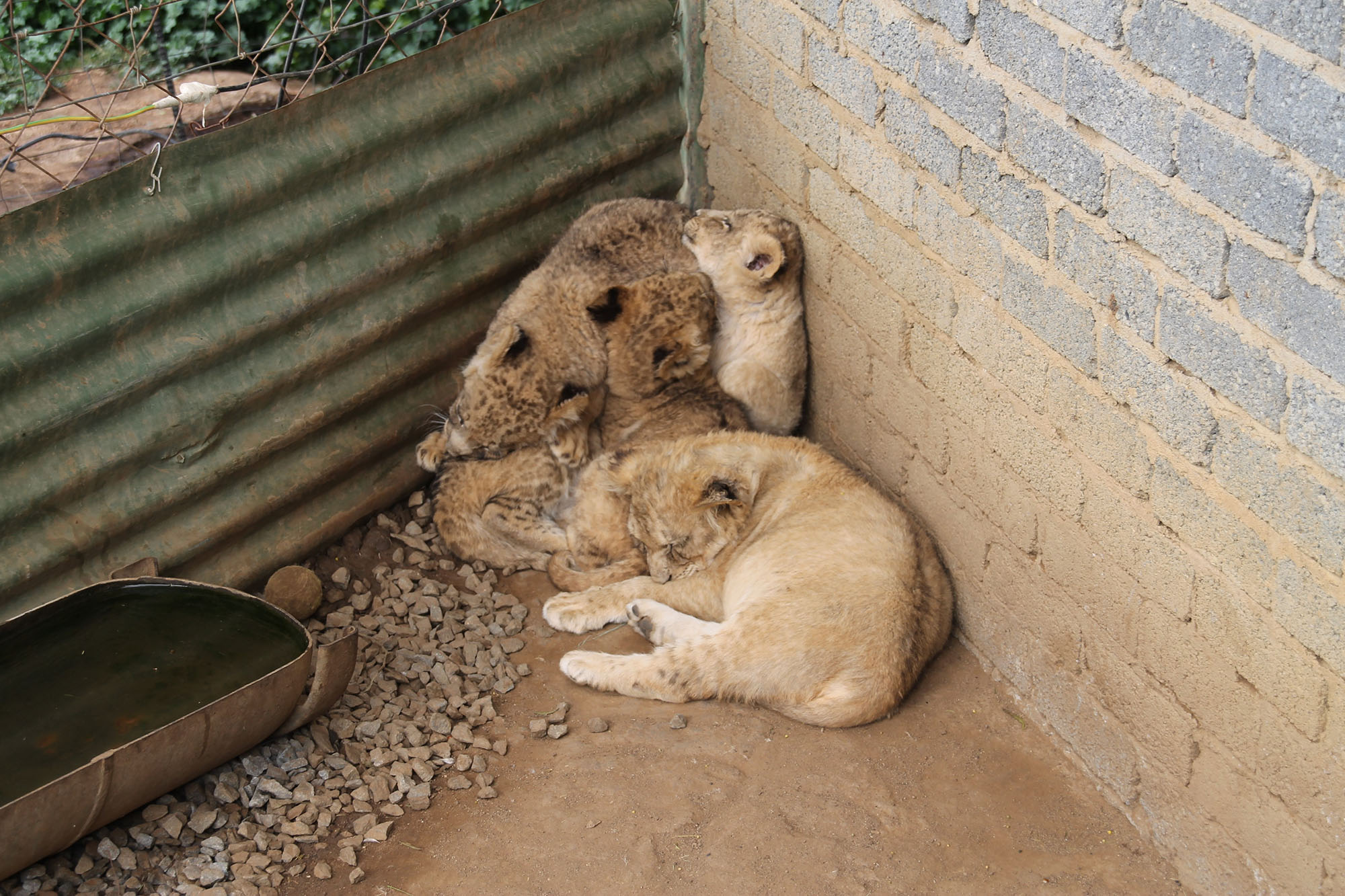
Captive cubs on a lion farm. (Photo: Blood Lions)
The policy document holds the view that the captive lion industry — which involves the intensive and selective breeding and hunting of captive or captive-bred lions, together with the trade in lion bones — threatens South Africa’s reputation as a leader in the conservation of wildlife and as a country and destination with iconic wild lions.
“Although some operators may implement acceptable standards of welfare,” it says, “there are major animal welfare contraventions in the industry in general.” It was therefore necessary to close captive lion facilities, halt intensive breeding and end commercial exploitation of lions while expanding wildlife systems with free-roaming lions.
The government, says the policy paper, will take into account the socioeconomic impact of the policy on the employment of workers and the disposal of lions in these facilities. It has already sent questionnaires to breeders to ascertain interest in voluntary exits from the lion breeding industry. Anecdotal reports suggest there was little interest in this.
The minister has put in place a lion advisory panel which is attempting to assess the captive lion population and looking into voluntary exit plans for breeders.
Rhinos
The intention of the policy paper to phase out the intensive commercial breeding of rhinos seems to have been largely met by the purchase of the world’s biggest rhino breeding facility owned by John Hume by the conservation organisation African Parks in early September. Hume had put his 2,000 rhinos up for auction in April, but didn’t receive a single bid. In purchasing the farm, African Parks, which administers 22 parks in 12 African countries, announced it planned to rewild the rhinos over 10 years.
The policy paper says SA will support proposals for the commercial trade in rhino horn, but only “when conditions become favourable”. Meanwhile, it will “explore benefit streams alternative to trade in rhino horn”.
Leopards
A weakness in the policy is its approach to leopards, which often live outside protected areas. There is little incentive for landowners to protect them, and their skins are often illegally traded for cultural and religious reasons.
The policy paper seeks to “unlock leopard ecotourism and hunting benefit streams … and increase net benefit to people”. It also seeks to assist traditional leaders in accessing leopards to facilitate traditional practices. This is unlikely to be good news for leopards.
Elephants
The paper doesn’t see the way forward for international trade in ivory. “While international commercial trade in elephant ivory of legal origin could provide substantial income and benefit flows to support conservation and security costs,” it says, “it is not feasible for the near future due to international trade restrictions applicable to Parties to Cites, who are unlikely to support a trade proposal.”
For these reasons, while not ruling out future trade in ivory and rhino horn, it will not at present pursue the legalisation of international trade in these substances.
Live export
The policy paper contains an important objective to prevent the “introduction of wild specimens of the five [sic] species into captivity, to prevent the export of the five [sic] species except to appropriate and acceptable African destinations with suitable habitat for reintroduction into the wild.” However, no such protection is proposed for captive-bred specimens.
The impetus for the policy paper, the drafters write, is section 24 of the Constitution, which requires reasonable legislative and other measures to be put in place to ensure that the environment is protected for the benefit of present and future generations. This includes the promotion of conservation and securing the ecologically sustainable development and use of natural resources.
In line with this, the policy paper says it seeks to create an environment for the conservation of rhinos, lions, elephants and leopards, address poaching, end lion captive breeding and contain the marketing of lion and elephant parts to ensure effective conservation and sustainable use of these species.
How the industry which relies on the breeding and sale of these species views these moves will be the topic of an article to follow. Proponents of animal welfare will be concerned about how the sustainable use of these species will be enhanced without killing them. The discussion will undoubtedly raise considerable dust. DM
To register for Daily Maverick’s Price of the Pride: The multibillion-dollar battle for the King of Africa webinar this week, please click here.

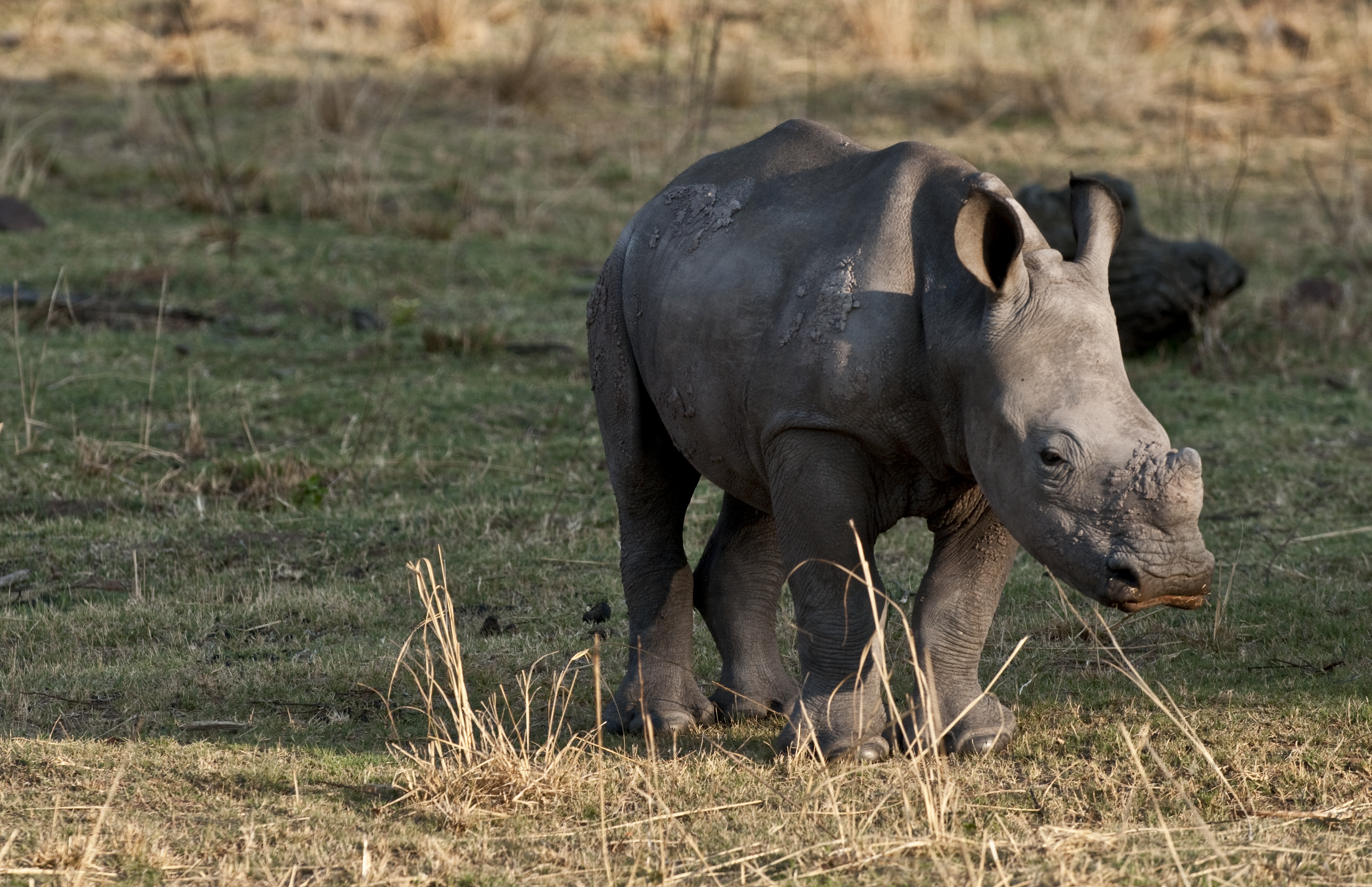
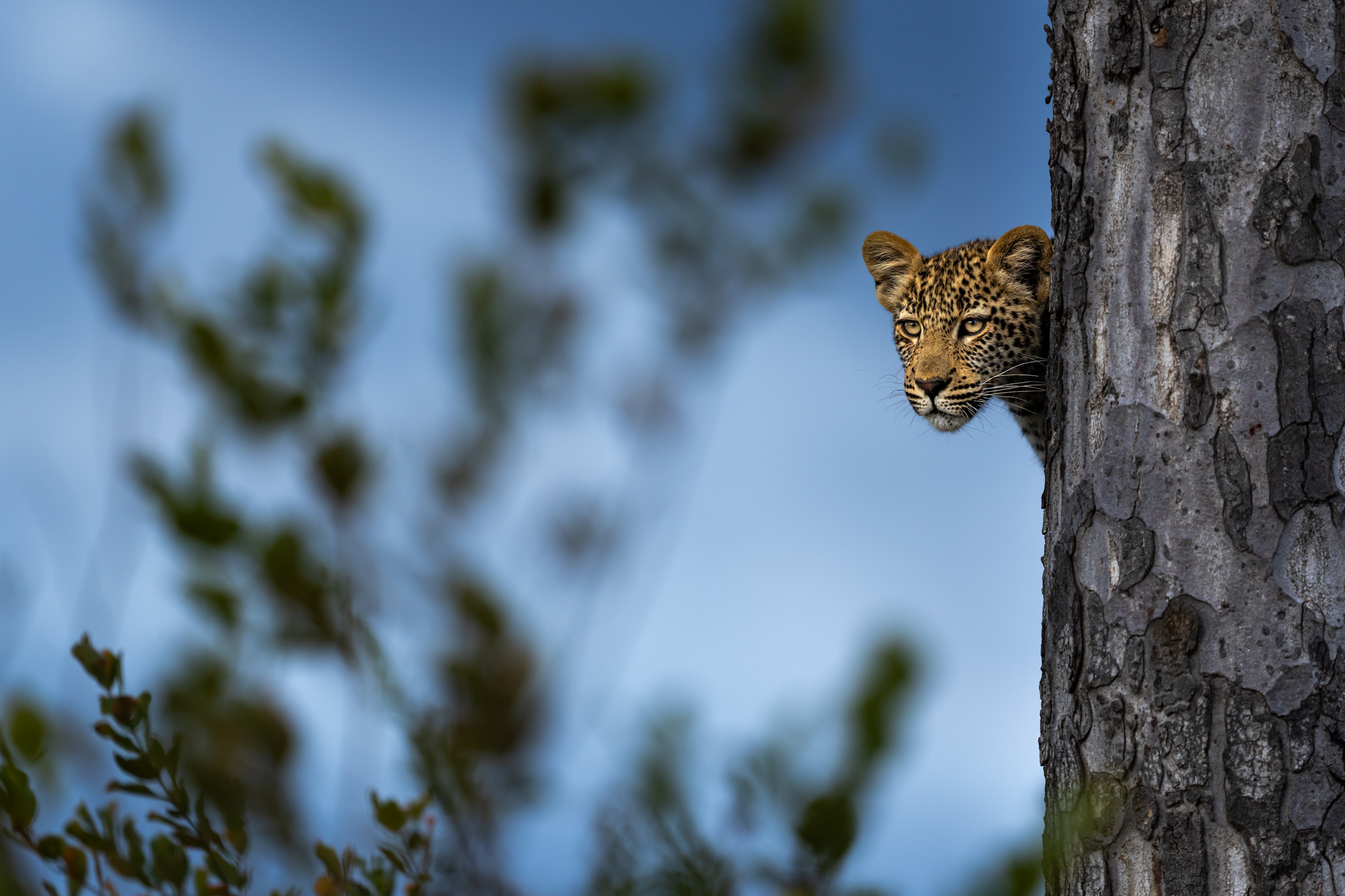
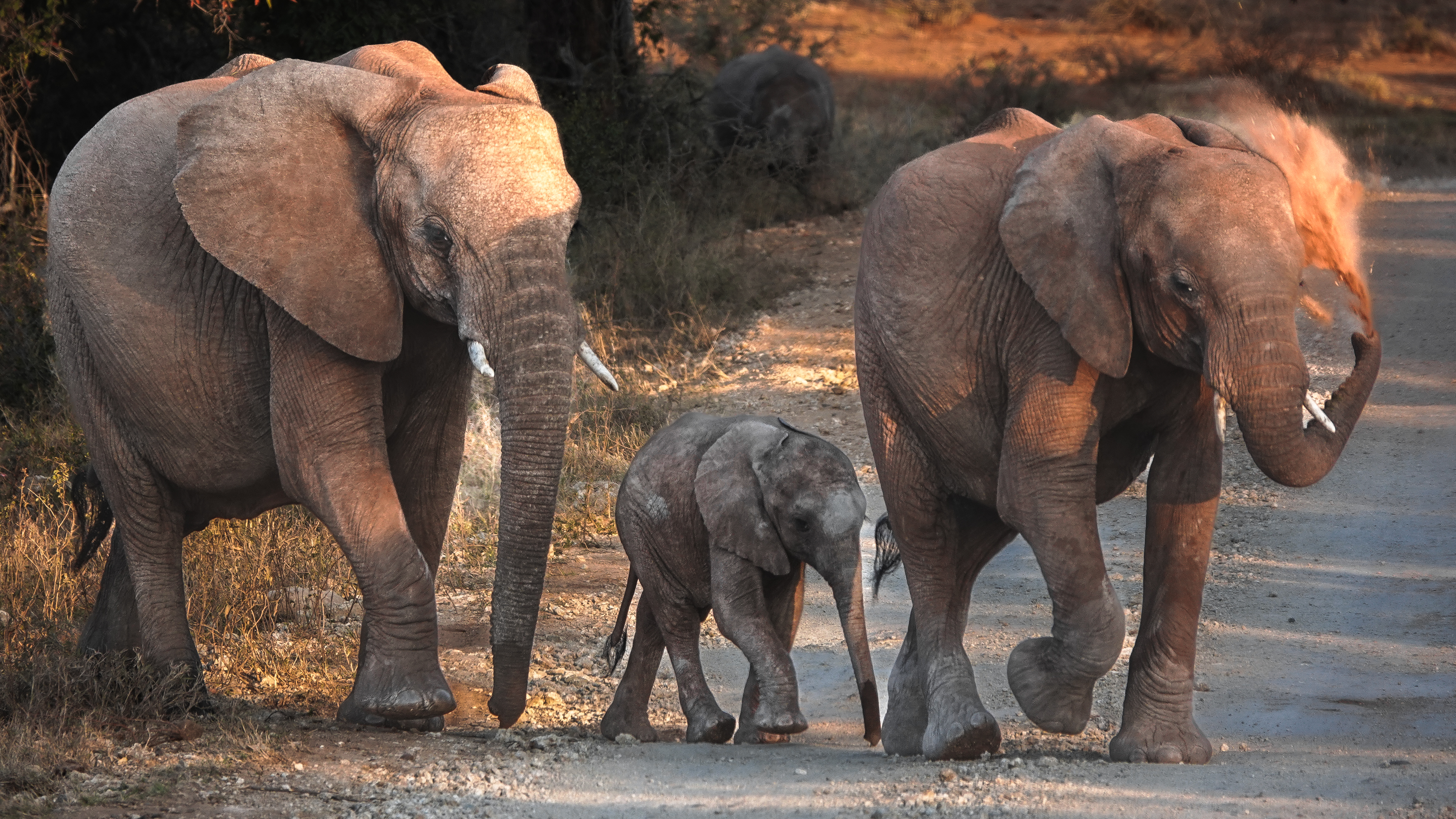


















 Become an Insider
Become an Insider
Quicker the better!!!Inhumane practice
Unacceptable to not protect leopards…